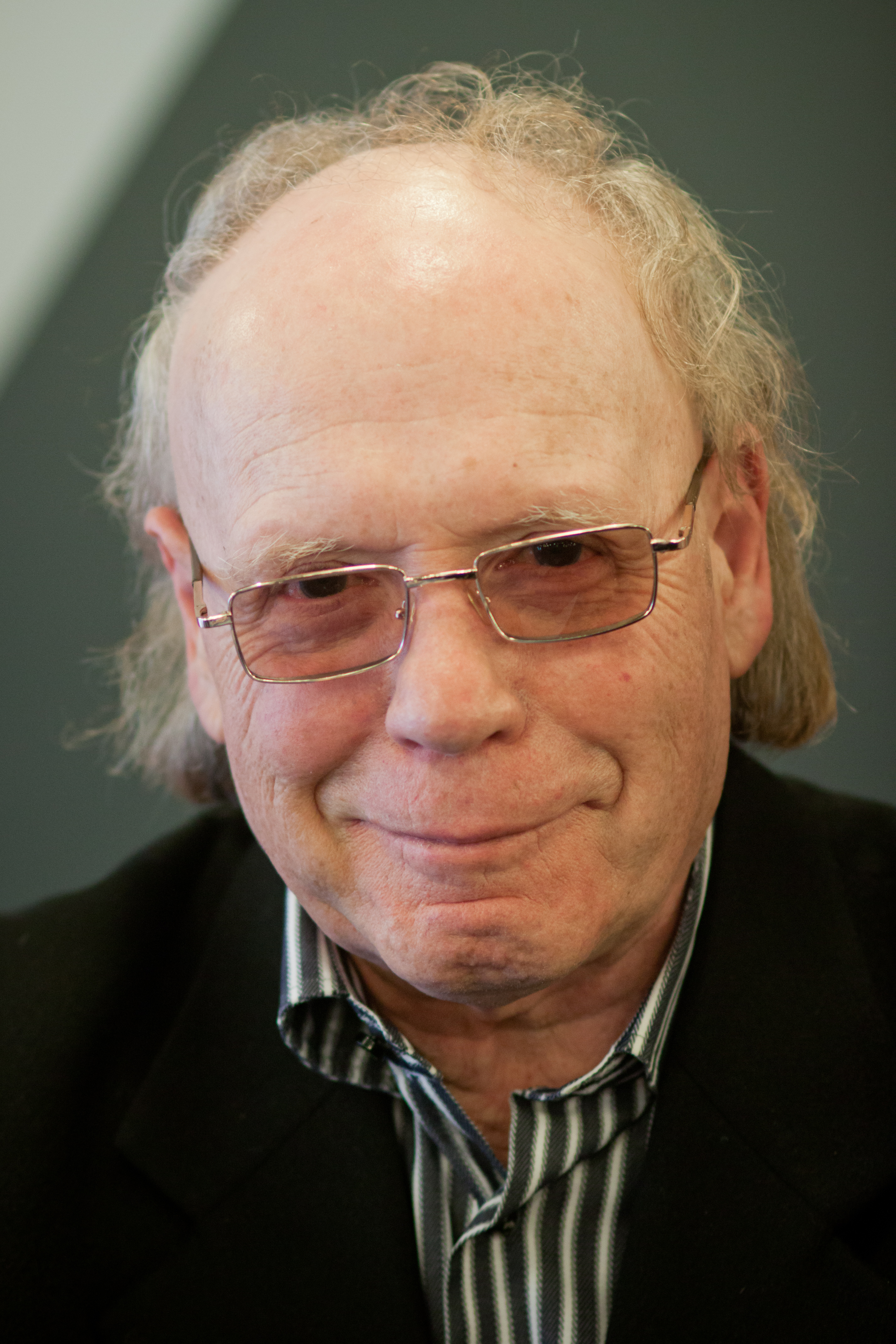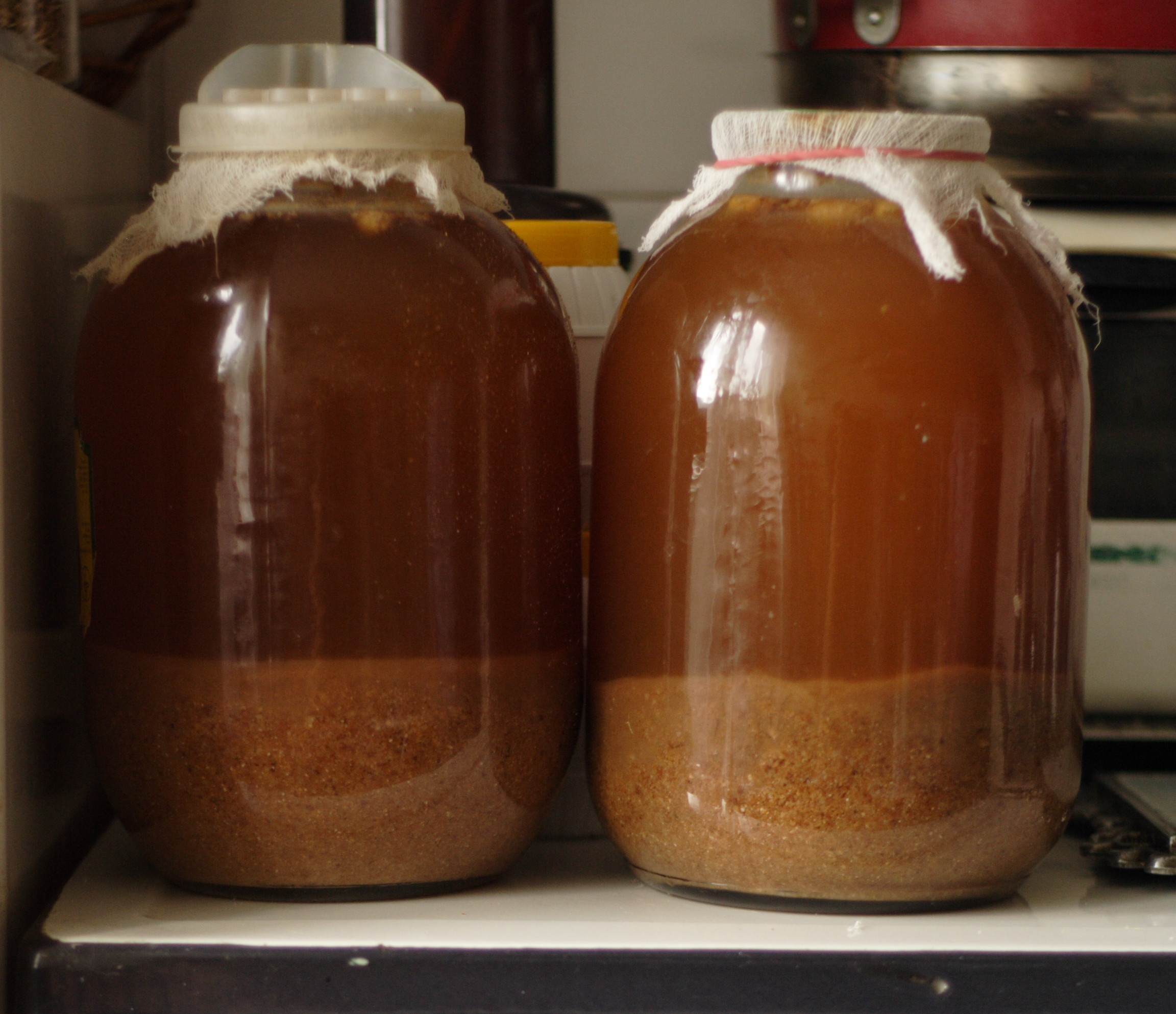|
Khlyst
The Khlysts or Khlysty ( rus, Хлысты, p=xlɨˈstɨ, "whips") were an underground Spiritual Christian sect, which split from the Russian Orthodox Church and existed from the 1600s until the late 20th century. The New Israel sect that descended from the Khlysts still exists today in Uruguay. Name The members of the sect referred to themselves by various names, including "God's People" (''liudi bozh'i''), "followers of Christ's faith" (''Khristovovery''), or simply "Christs" (''Khristy''). The appellation "Khlysty" is a derogatory term applied by critics of the sect. The origin of the term is disputed. It is probably a corruption of the group's aforementioned self-designation of ''Khristy'', but may also allude to the sect's practice of ritual self-flagellation; the Russian word ''khlyst'' means a "whip" or "thin rod". It is also possible that the word is related to the Greek word ''Khiliaste'' (meaning "chiliast" or " millennialist"), or ''klyster'' ("one that purges"). O ... [...More Info...] [...Related Items...] OR: [Wikipedia] [Google] [Baidu] |
Spiritual Christianity
Spiritual Christianity (russian: духовное христианство) is the group of belief systems held by so-called ''folk Protestants'' (), including non-Eastern Orthodox indigenous faith tribes and new religious movements that emerged in the Russian Empire. Their origins are varied: some from Protestant movements imported from Europe to Russia by missionaries, travelers and workers; some due to disgust of the behavior (absenteeism, alcoholism, profiteering) of Orthodox priests; and, some from the Bezpopovtsy Raskolniks. These influences mixed with folk traditions, resulting in communities collectively called (sectarians). These communities were typically documented by Russian Orthodox clergy with a label that described their heresy: not fasting, meeting on Saturday (sabbatarians), rejecting the spirit (spirit wrestlers), body mutilation (castigators), self-flagellation, suicide, and more. These heterodox (non-orthodox) groups "rejected ritual and outward observances ... [...More Info...] [...Related Items...] OR: [Wikipedia] [Google] [Baidu] |
Postniki
The Postniki (постники "fasters") were a millennial sect of 19th century Southern Russia, a branch of the Khlysty (flagellants) movement, founded by Abbakum (or Avvakum) Ivanov Kopylov (Аббакум / Аввакум Копылов, 1756–1838), a peasant of the Tambov Oblast. Kopylov declared himself the living Christ and gathered a considerable following in the 1820s. After Kopylov's death in 1838, the sect disintegrated in various schisms, giving rise to follow-up groups such as the Staroizrail Old Israel (''Staroizrail'') was a 19th-century sect founded in the 1830s by Perfil Katasonov, a disciple of Abbakum Kopylov, the founder of the Postniki (Fasters) sect, as the result of a schism. Its adherents considered themselves to be the Chose ... (Old Israel) sect led by Kopylov's disciple Perfil Katasonov. Soviet scholar A.I. Klibanov still encountered several postniki in Rasskazovo in 1959. External links *https://web.archive.org/web/20080416165643/http://www.doukho ... [...More Info...] [...Related Items...] OR: [Wikipedia] [Google] [Baidu] |
New Israel
New Israel (Новый Израиль) was one of the Sektanstvo (sectarian) new religious movements that grew and expanded in the Russian Empire in the late 19th to early 20th century, a branch of the ''Postniki'' (fasters). The movement was the result of the schisms that split the "Old Israel" (''Staroizrail'') sect after the death of Perfil Katasonov. Its founder was a peasant named Mokshin, but it rose to notability only under Mokshin's successor, Vasiliy Semionovitch Lubkov (Василий Семенович Лубков, born December 24, 1869). In the 1910s, members of the sect emigrated to Uruguay, where they founded the town of San Javier. New Israel was strongly influenced by the '' Dukhovnye Khristiane'' movement, and in turn gave rise to two new religious sects called ''Noviy soyuz duhovnovo Israilia'' (Новый союз духовного Израиля) and ''Novohristianskiy soyuz'' (Новохристианский союз). Although persecuted in the S ... [...More Info...] [...Related Items...] OR: [Wikipedia] [Google] [Baidu] |
Orenburg
Orenburg (russian: Оренбу́рг, ), formerly known as Chkalov (1938–1957), is the administrative center of Orenburg Oblast, Russia. It lies on the Ural River, southeast of Moscow. Orenburg is also very close to the Kazakhstan-Russia border, border with Kazakhstan. Population: Name Several historians have tried to explain the origins of the city's name. It was traditionally accepted that the word "orenburg" means a fortress on the Or River, River Or. In all probability, the word combination "orenburg" was proposed by , the founder of the city. In 1734, in accordance with his project, a package of governmental documents was worked out. This was the starting point for Orenburg as a fortress city near the meeting of the Or (river), Or and Ural rivers. On 7 June 1734, "A Privilege for Orenburg" (tsar's edict) was ordered by Anna of Russia, Empress Anna Ioannovna. While the construction site of the main fortress changed many times (down the River Ural), the name "Orenburg" ... [...More Info...] [...Related Items...] OR: [Wikipedia] [Google] [Baidu] |
Siberia
Siberia ( ; rus, Сибирь, r=Sibir', p=sʲɪˈbʲirʲ, a=Ru-Сибирь.ogg) is an extensive geographical region, constituting all of North Asia, from the Ural Mountains in the west to the Pacific Ocean in the east. It has been a part of Russia since the latter half of the 16th century, after the Russians conquered lands east of the Ural Mountains. Siberia is vast and sparsely populated, covering an area of over , but home to merely one-fifth of Russia's population. Novosibirsk, Krasnoyarsk and Omsk are the largest cities in the region. Because Siberia is a geographic and historic region and not a political entity, there is no single precise definition of its territorial borders. Traditionally, Siberia extends eastwards from the Ural Mountains to the Pacific Ocean, and includes most of the drainage basin of the Arctic Ocean. The river Yenisey divides Siberia into two parts, Western and Eastern. Siberia stretches southwards from the Arctic Ocean to the hills of north-ce ... [...More Info...] [...Related Items...] OR: [Wikipedia] [Google] [Baidu] |
Infanticide
Infanticide (or infant homicide) is the intentional killing of infants or offspring. Infanticide was a widespread practice throughout human history that was mainly used to dispose of unwanted children, its main purpose is the prevention of resources being spent on weak or disabled offspring. Unwanted infants were normally abandoned to die of exposure, but in some societies they were deliberately killed. Infanticide is now widely illegal, but in some places the practice is tolerated or the prohibition is not strictly enforced. Most Stone Age human societies routinely practiced infanticide, and estimates of children killed by infanticide in the Mesolithic and Neolithic eras vary from 15 to 50 percent. Infanticide continued to be common in most societies after the historical era began, including ancient Greece, ancient Rome, the Phoenicians, ancient China, ancient Japan, Aboriginal Australia, Native Americans, and Native Alaskans. Infanticide became forbidden in Europe and t ... [...More Info...] [...Related Items...] OR: [Wikipedia] [Google] [Baidu] |
Pentecostalism
Pentecostalism or classical Pentecostalism is a Protestant Charismatic Christian movement"Spirit and Power: A 10-Country Survey of Pentecostals" The Pew Forum on Religion and Public Life. that emphasizes direct personal experience of through . The term ''Pentecostal'' is derived from |
Frederick Cornwallis Conybeare
Frederick Cornwallis Conybeare, (14 September 1856 – 9 January 1924) was a British orientalist, Fellow of University College, Oxford, and Professor of Theology at the University of Oxford. Biography Conybeare was born in Coulsdon, Surrey, the third son of a barrister, John Charles Conybeare, and grandson of the geologist William Daniel Conybeare. He took an interest in the Order of Corporate Reunion, an Old Catholic organisation, becoming a Bishop in it in 1894. Also in the 1890s he wrote a book on the Dreyfus case, as a Dreyfusard, and translated the ''Testament of Solomon'' and other early Christian texts. As well, he did influential work on Barlaam and Josaphat. He was an authority on the Armenian Church. From 1904 to 1915 he was a member of the Rationalist Press Association, founded in 1899. One of his best-known works is ''Myth, Magic, and Morals'' from 1909, later reissued under the title ''The Origins of Christianity''. This has been read both as strong criticism of ... [...More Info...] [...Related Items...] OR: [Wikipedia] [Google] [Baidu] |
Edvard Radzinsky
Edvard Stanislavovich Radzinsky (russian: Э́двард Станисла́вович Радзи́нский) (born September 23, 1936) is a Russian playwright, television personality, screenwriter, and the author of more than forty popular history books. Biography Edvard Stanislavovich Radzinsky was born in Moscow, Russia on September 23, 1936 to playwright Stanislav Radzinsky and his wife Sofia. He studied in the Moscow Archive Institute and is a trained historian. In 1955 Radzinsky married actress Alla Geraskina, a daughter of popular Soviet playwright and writer Lia Geraskina. Their son Oleg was born in 1958. Radzinsky divorced Alla in 1964. He later married Tatiana Doronina, one of the leading Soviet actresses of the 60s-70s. They divorced later. He is married to actress Elena Denisova. Career Radzinsky became a writer of popular non-fiction books on historical subjects, publishing more than forty. He has specialized in books about figures and times of Russian history. Since ... [...More Info...] [...Related Items...] OR: [Wikipedia] [Google] [Baidu] |
Mortification Of The Flesh
Mortification of the flesh is an act by which an individual or group seeks to mortify or deaden their sinful nature, as a part of the process of sanctification. In Christianity, mortification of the flesh is undertaken in order to repent for sins and share in the Passion of Jesus. Common forms of Christian mortification that are practiced to this day include fasting, abstinence, as well as pious kneeling. Also common among Christian religious orders in the past were the wearing of sackcloth, as well as self-flagellation in imitation of Jesus Christ's suffering and death. Christian theology holds that the Holy Spirit helps believers in the "mortification of the sins of the flesh." Verses in the Old Testament (Hebrew Bible) considered to be precursors to Christian ideas of self-mortification include Zechariah 13:6 and 1 Kings 18:28–29. Although the term 'mortification of the flesh', which is derived from the King James version of Romans 8:13 and Colossians 3:5, is primarily ... [...More Info...] [...Related Items...] OR: [Wikipedia] [Google] [Baidu] |
Asceticism
Asceticism (; from the el, ἄσκησις, áskesis, exercise', 'training) is a lifestyle characterized by abstinence from sensual pleasures, often for the purpose of pursuing spiritual goals. Ascetics may withdraw from the world for their practices or continue to be part of their society, but typically adopt a frugal lifestyle, characterised by the renunciation of material possessions and physical pleasures, and also spend time fasting while concentrating on the practice of religion or reflection upon spiritual matters. Various individuals have also attempted an ascetic lifestyle to free themselves from addictions, some of them particular to modern life, such as money, alcohol, tobacco, drugs, entertainment, sex, food, etc. Asceticism has been historically observed in many religious traditions, including Buddhism, Jainism, Hinduism, Islam, Christianity, Judaism, Stoicism and Pythagoreanism and contemporary practices continue amongst some religious followers. The practiti ... [...More Info...] [...Related Items...] OR: [Wikipedia] [Google] [Baidu] |
Kvass
Kvass is a fermented cereal-based Alcohol by volume, low alcoholic beverage with a slightly cloudy appearance, light-brown colour and sweet-sour taste. It may be flavoured with berries, fruits, herbs or honey. Kvass stems from the northeastern part of Europe, where the grain production is thought to have been insufficient for beer to become a daily drink. The first written mention of kvass is found in the ''Primary Chronicle'', describing the celebration of Vladimir the Great's baptism in 996. In the traditional method, kvass is made from a mash obtained from rye bread or rye flour and malt soaked in hot water, fermented for about 12 hours with the help of sugar and bread yeast or baker's yeast at a room temperature. In industrial methods, kvass is produced from wort concentrate combined with various grain mixtures. It is a popular drink in Russia, Ukraine, Poland, Baltic countries, Finland and some parts of China. Terminology The word ''kvass'' is ultimately from Proto-Indo-Eu ... [...More Info...] [...Related Items...] OR: [Wikipedia] [Google] [Baidu] |
.jpg)
.jpg)





.jpg)

